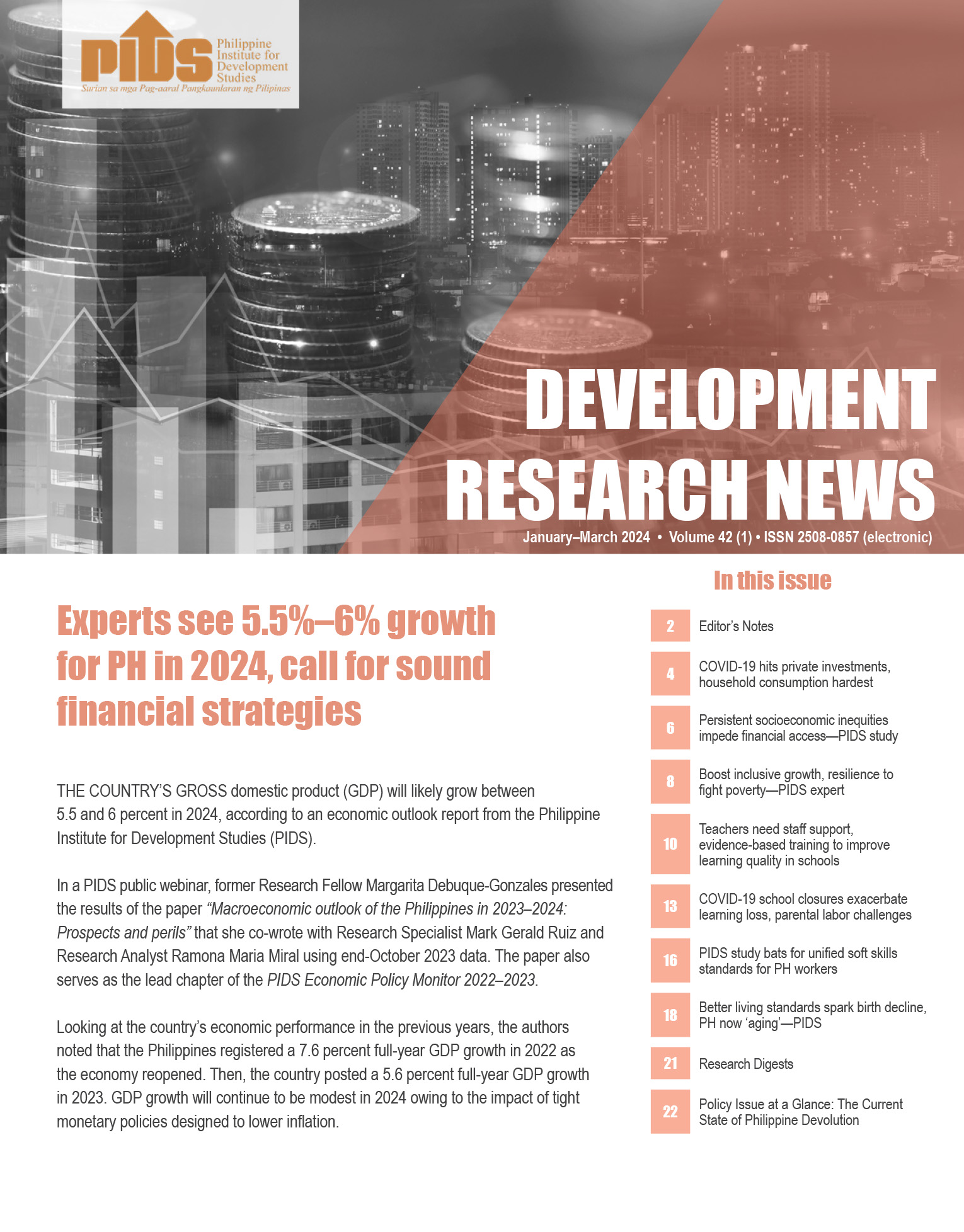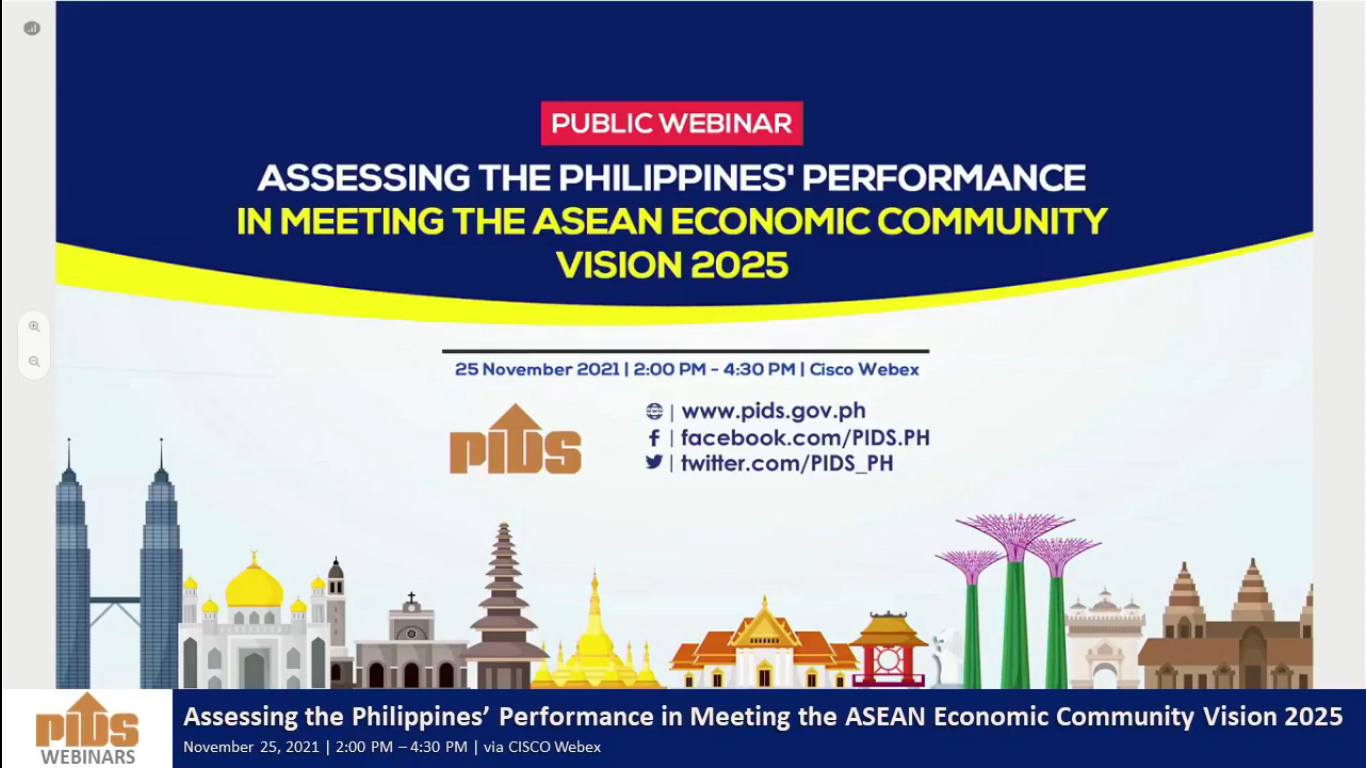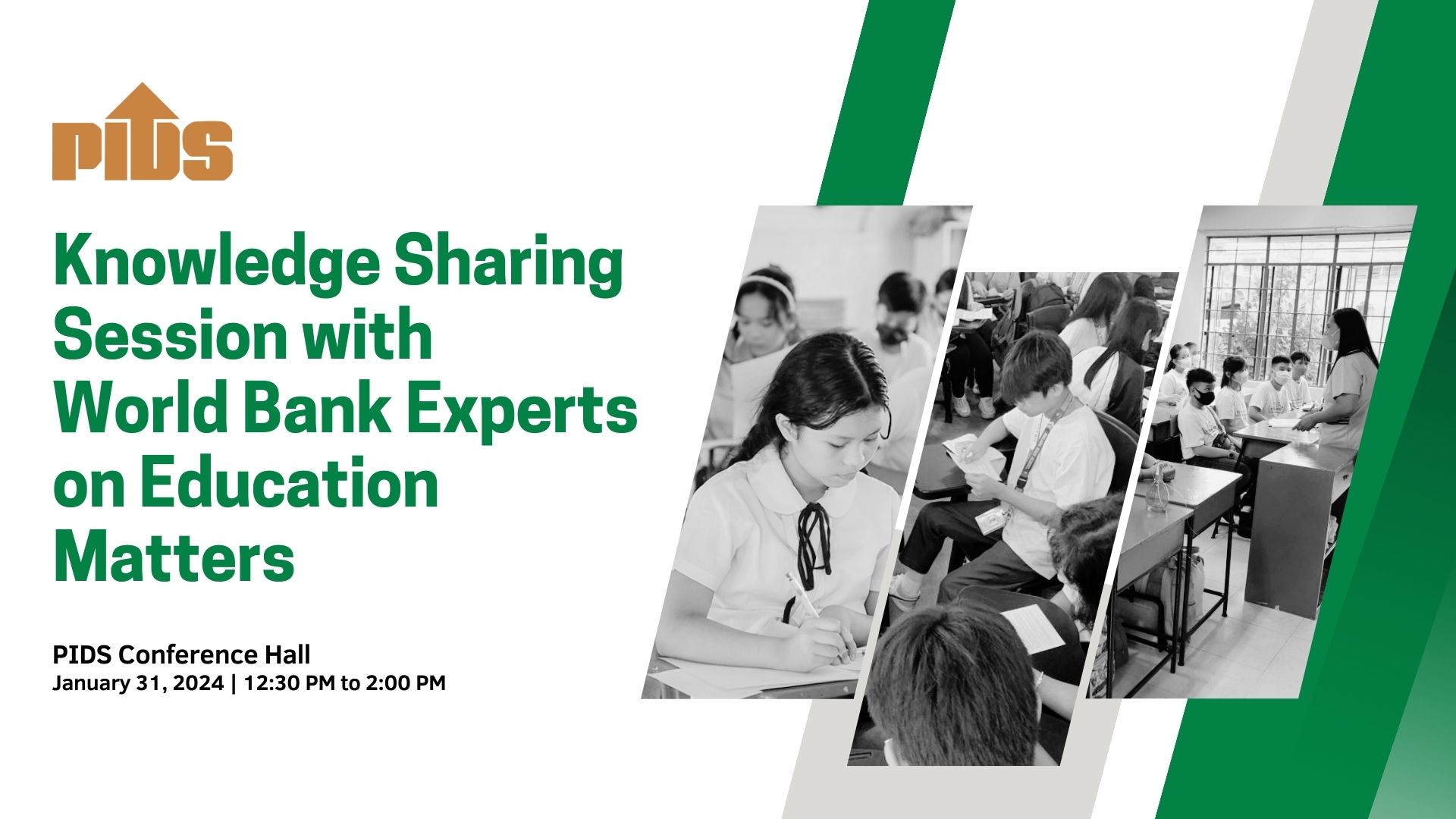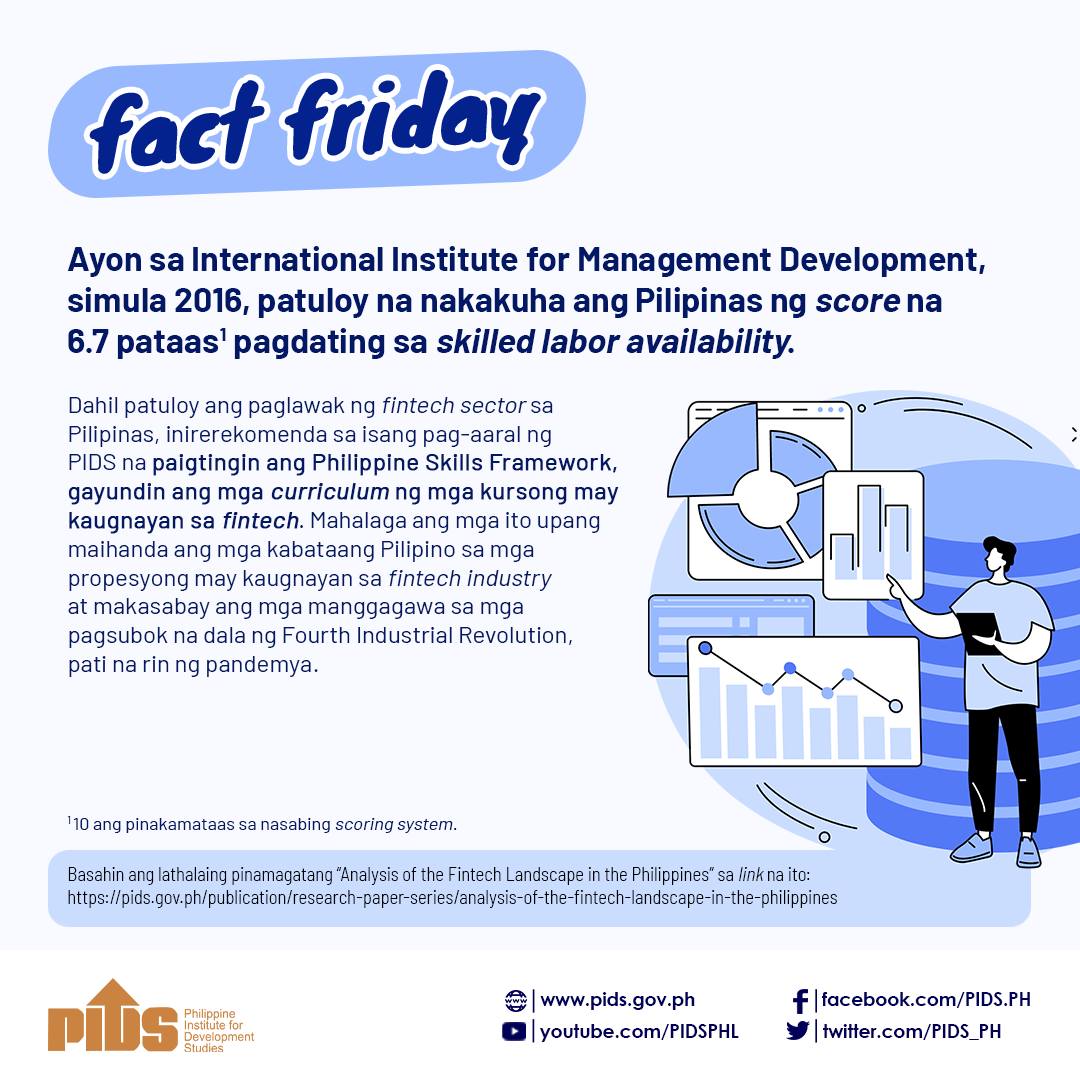The ASEAN Economic Community promises greater mobility of human capital, but cultural, political and socioeconomic differences remain obstacles, experts on Channel NewsAsia's Perspectives panel.
SINGAPORE: Some have hoped for a more dynamic cross-border flow of skilled labour with the establishment of the ASEAN Economic Community (AEC) in 2015, but experts are tempering such expectations.
According to panelists on Channel NewsAsia’s Perspectives programme, questions remain as to whether there are sufficient policies among the countries and industries to allow for it.
Socioeconomic and cultural differences are also among the hurdles that stand in the way. “I’m not convinced that the political will really is there and I think we need to see that political will,” said Mr Stephen Groff, vice-president of the Asian Development Bank.
He was speaking at a panel discussion on Upskilling ASEAN For Growth filmed at the Singapore Management University.
The flow of labour between member countries still largely involves workers in construction and domestic work. According to a 2013 Philippines Institute for Development Studies report, nine out of 10 ASEAN migrants were low-skilled workers.
DISPARITY IN SKILLS AND STANDARDS
Mr Groff believes more thought needs to be put into moving skilled workers in one country to another where those skills may be needed. “There is a huge disparity in skills and education from one ASEAN country to another," he said.
Despite the formalisation of a Mutual Recognition Arrangement in the AEC to allow greater regional mobility for practitioners in professions such as engineering, nursing, dentistry and accounting, the differing domestic rules, standards and regulations in each country are an issue, said panelists.
According to a Migration Policy Institute and Asian Development Bank 2015 report, obstacles to skilled workforce mobility include the recognition and assessment of professionals’ credentials and qualifications. Individuals also face restrictions on certain jobs reserved for citizens.
Professor Arnoud De Meyer, president of the Singapore Management University, said differences in goals and objectives between the AEC countries need to be ironed out.
“As long as there are such differences between the ASEAN countries in terms of the development, I don’t see how any politician can actually talk about free movement of labour. It is just not conceivable in the short term,” he said.
Dr Veerinderjeet Singh, the executive chairman of business solutions company Axcelasia Inc, cited the disparity in industry standards.
“Everyone has an accountant in place in all the ASEAN countries, but what does accounting mean? We find that the benchmarking of the standards is where there is a shortage of,” he said.
Until regional standards are worked out, Dr Singh said a multi-agency approach is needed to facilitate and encourage the flow of skilled labour. The responsibility cannot just lie with governments.
“We have no doubt about the fact that politically, the ASEAN leadership is in tune, but when it comes down to implementation, they are looking for guidance. This is where the private sector, organisations and NGOs have a role to push certain things forward,” he said.
FULL INTEGRATION POSSIBLE?
ASEAN, which includes Brunei, Cambodia, Indonesia, Laos, Malaysia, Myanmar, Philippines, Singapore, Thailand and Vietnam, is the third largest market in the world with a population of 630 million people.
Dr Singh did not think a fully integrated AEC was possible, given how ASEAN is more diverse than the European Union. “We should be looking at integration of sorts rather than full integration because I don’t see that happening,” he said.
Mr Pri Notowidigdo, chairman and CEO of executive search firm Amrop Indonesia, was nonetheless optimistic about the AEC’s goal of an integrated economy with a strong mobile workforce, provided organisations and individuals undergo a mindset change to adapt.
“The time frame for historical change may not be in my generation but maybe in the next generation. I’m hopeful,” he said.//
The full discussion of Perspectives: Upskilling ASEAN For Growth, airs April 6, 8pm (SG/HK) on Channel NewsAsia, with an encore telecast on April 7, 6pm.
SINGAPORE: Some have hoped for a more dynamic cross-border flow of skilled labour with the establishment of the ASEAN Economic Community (AEC) in 2015, but experts are tempering such expectations.
According to panelists on Channel NewsAsia’s Perspectives programme, questions remain as to whether there are sufficient policies among the countries and industries to allow for it.
Socioeconomic and cultural differences are also among the hurdles that stand in the way. “I’m not convinced that the political will really is there and I think we need to see that political will,” said Mr Stephen Groff, vice-president of the Asian Development Bank.
He was speaking at a panel discussion on Upskilling ASEAN For Growth filmed at the Singapore Management University.
The flow of labour between member countries still largely involves workers in construction and domestic work. According to a 2013 Philippines Institute for Development Studies report, nine out of 10 ASEAN migrants were low-skilled workers.
DISPARITY IN SKILLS AND STANDARDS
Mr Groff believes more thought needs to be put into moving skilled workers in one country to another where those skills may be needed. “There is a huge disparity in skills and education from one ASEAN country to another," he said.
Despite the formalisation of a Mutual Recognition Arrangement in the AEC to allow greater regional mobility for practitioners in professions such as engineering, nursing, dentistry and accounting, the differing domestic rules, standards and regulations in each country are an issue, said panelists.
According to a Migration Policy Institute and Asian Development Bank 2015 report, obstacles to skilled workforce mobility include the recognition and assessment of professionals’ credentials and qualifications. Individuals also face restrictions on certain jobs reserved for citizens.
Professor Arnoud De Meyer, president of the Singapore Management University, said differences in goals and objectives between the AEC countries need to be ironed out.
“As long as there are such differences between the ASEAN countries in terms of the development, I don’t see how any politician can actually talk about free movement of labour. It is just not conceivable in the short term,” he said.
Dr Veerinderjeet Singh, the executive chairman of business solutions company Axcelasia Inc, cited the disparity in industry standards.
“Everyone has an accountant in place in all the ASEAN countries, but what does accounting mean? We find that the benchmarking of the standards is where there is a shortage of,” he said.
Until regional standards are worked out, Dr Singh said a multi-agency approach is needed to facilitate and encourage the flow of skilled labour. The responsibility cannot just lie with governments.
“We have no doubt about the fact that politically, the ASEAN leadership is in tune, but when it comes down to implementation, they are looking for guidance. This is where the private sector, organisations and NGOs have a role to push certain things forward,” he said.
FULL INTEGRATION POSSIBLE?
ASEAN, which includes Brunei, Cambodia, Indonesia, Laos, Malaysia, Myanmar, Philippines, Singapore, Thailand and Vietnam, is the third largest market in the world with a population of 630 million people.
Dr Singh did not think a fully integrated AEC was possible, given how ASEAN is more diverse than the European Union. “We should be looking at integration of sorts rather than full integration because I don’t see that happening,” he said.
Mr Pri Notowidigdo, chairman and CEO of executive search firm Amrop Indonesia, was nonetheless optimistic about the AEC’s goal of an integrated economy with a strong mobile workforce, provided organisations and individuals undergo a mindset change to adapt.
“The time frame for historical change may not be in my generation but maybe in the next generation. I’m hopeful,” he said.//
The full discussion of Perspectives: Upskilling ASEAN For Growth, airs April 6, 8pm (SG/HK) on Channel NewsAsia, with an encore telecast on April 7, 6pm.












